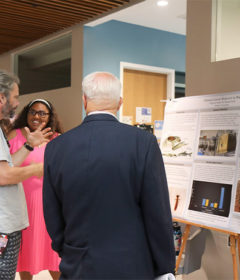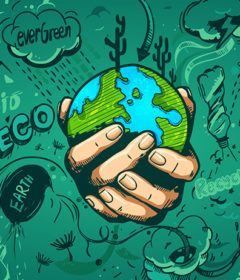No Bird Is an Island
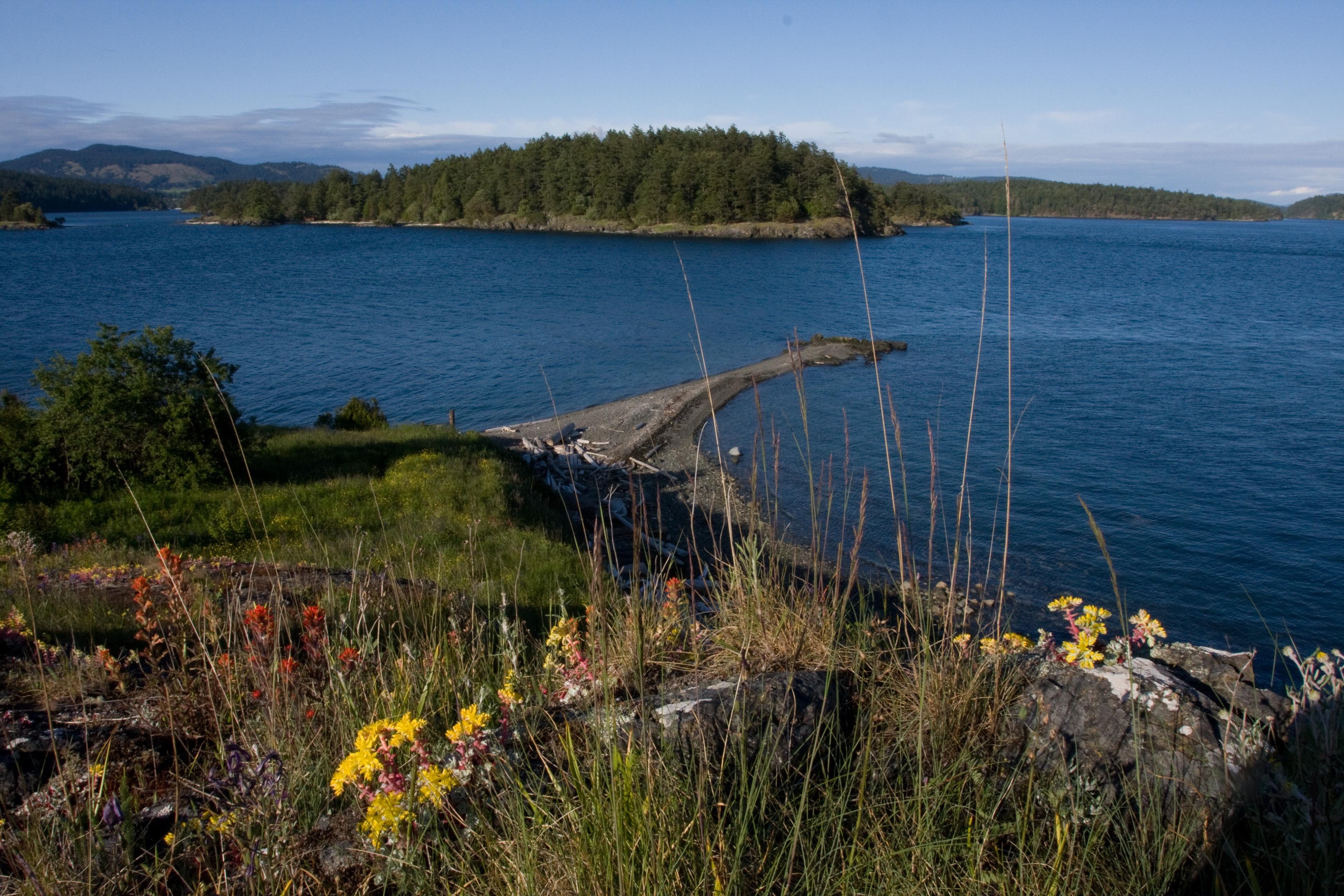
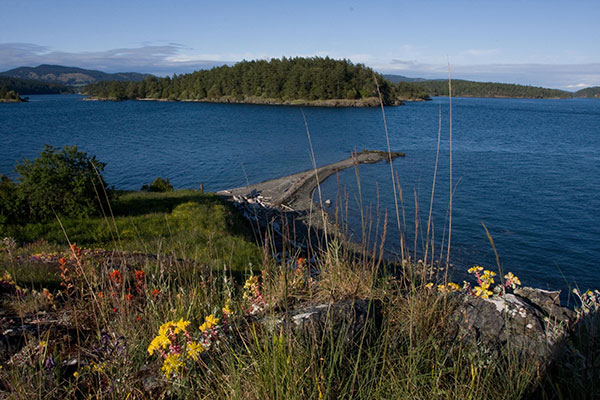
The literature searches, fieldwork and publishing involved in the research process are important for keeping me up-to-date in my field and thus able to keep my courses fresh and cutting edge. But the most fun part of doing research is the one-on-one time with students in the field and in the preparation for fieldwork, and the data analysis and writing that follow.
That active engagement in doing science is the absolutely best way to teach and learn science!
When I was a graduate student 25 years ago, I made a commitment to myself to always work in beautiful places. I’ve kept that commitment.
Because I am an ecologist and environmental scientist, my research revolves around conservation of plants and animals on small islands in the San Juan archipelago of Washington state and in the Intracoastal Waterway in Florida. In both of these research settings, my students and I kayak out to near-shore islands, where we collect data and materials to address specific questions about how plants and animals live on the islands.
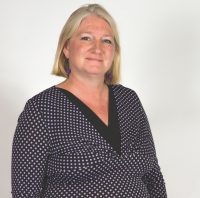
Small islands (less than 5 acres) are particularly interesting because they are heavily influenced by the aquatic system that surrounds them. They often have “blurry” physical boundaries because plants and animals may live right along the edges, making it unclear just where the land stops and the water starts. Also, materials and organisms constantly move back and forth across those boundaries, bringing essential resources and colonizers to the plant and animal communities on the islands, and possibly even generating disturbances.
For example, in the San Juan Islands, Canada geese eat algae in the water around the islands then return to the islands to rest and nest. The goose feces, nest materials and eggs provide resources for island plants, insects, lizards and rodents, but the trampling and plant plucking by the geese also negatively impact plants. The goose feces also run off during frequent rains into the intertidal zone at the base of the island. These nutrients stimulate more algal growth and subsequently the growth of the populations of animals that eat the algae (e.g., barnacles, snails, limpets) and other animals higher up the food chain (e.g., starfish, sea urchins).
Similarly, on spoil islands along the Intracoastal Waterway, mangroves fringe the intertidal edge of the island, catching sediments and nutrients with their semi-flooded root systems. The mangroves also provide the above-water architecture for spider webs that catch flying insects, and for nests of songbirds, seabirds and waterfowl. Some of these birds feed directly on or nearby the island, and others feed farther afield and return to the island just to rest and nest (and deposit their guano).
Understanding the complex ecological structures and processes of these small islands is essential for preserving current biodiversity and ensuring safe habitats and refuges for important species as coastal systems undergo future changes such as sea-level rise or development pressures.
By Wendy Anderson, Ph.D.
Wendy Anderson, Ph.D., studies various physical and biological movements of materials across ecosystem boundaries, particularly land-water interfaces. Since 1995, she has focused her research questions on marine impacts on terrestrial soils, plants and animals on islands.
Note: This article originally appeared in the Spring 2016 issue of Stetson University Magazine. To read the entire magazine, click here. The next issue of the magazine is scheduled for publication this fall.


